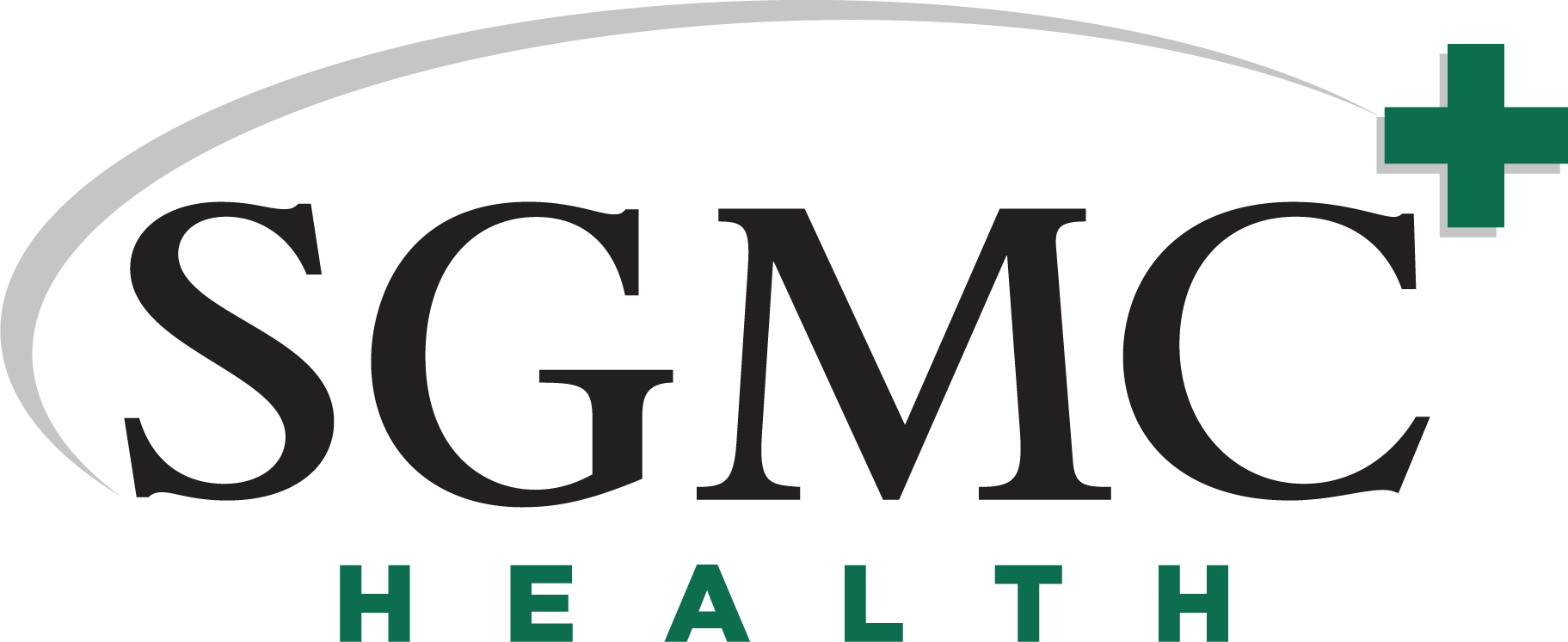Learn how you can work with your doctors, nurses, and healthcare providers to receive the best pain control possible.
WHAT IS PAIN?
Pain is your body’s way of telling you something is wrong.
Sometimes pain may be just a nuisance, like a mild headache. At times, such as after an operation, pain that does not go away — even after you take medicine — may signal a problem.
When you come to the hospital for treatment or testing, your doctors, nurses, and healthcare providers (healthcare team) will ask about your pain. They want you to be comfortable and they want to know if something is wrong.
Be sure to tell your doctors and nurses when you have pain.
They will work with you to prevent or relieve your pain.
PAIN CONTROL CAN HELP YOU:
Be more comfortable while you heal.
Improve your results. People whose pain is well controlled seem to do better. They may avoid some problems (such as pneumonia and blood clots) that affect others.
Get well faster. With less pain, you can start walking, do your breathing exercises, and get your strength back more quickly. You may even leave the hospital sooner.
PAIN CONTROL: WHAT ARE THE OPTIONS?
Both drugs and non-drug treatments can be successful in helping to prevent and control pain. There are several methods of pain control. You and your healthcare team will decide which ones are right for you. Many times two or more methods are combined to provide greater relief.
WHAT CAN YOU DO TO HELP KEEP YOUR PAIN UNDER CONTROL?
Your healthcare team wants you to be comfortable. You are the key to getting the best pain relief. The amount or type of pain you feel may not be the same as others feel.
Ask the doctor or nurse what to expect.
- Will there be much pain with the procedure?
- Where will the pain occur?
- How long is it likely to last?
Being prepared helps put you in control. You may want to write down your questions to ask your doctor or nurse.
Be sure to talk to your nurses and doctors about:
- Pain control methods that you have used before.
- Any concerns you have about pain medicine.
Drug methods include a wide range of medicines.
- Allergies to medicines you may have.
- Side effects that may occur with your treatment.
- Medicines you take for other healthcare problems.
Mixing medicines can cause problems.
- Non-drug pain relief methods are available. Some non-drug treatment methods include use of techniques such as transcutaneous electrical nerve stimulation (TENS), relaxation, focusing, imagery, and other alternative methods. These methods are intended to supplement, not necessarily replace, drug treatments when they are ordered.
Take (or ask for ) pain relief medicines when pain first begins.
- Take action as soon as the pain starts.
- If you know your pain will increase with activity, take pain medications first. It is harder to ease pain once it has become severe. This is a key step in proper pain control.
Work with your doctors and nurses to make a pain control plan.
They need your help to design the best plan.
Talk about the schedule for pain medicine in the hospital.
There are several ways to give pain medicines. One way is by a set schedule. If a set schedule is used, best results are obtained when:
- Pain pills, shots or transdermal patches are given at set times. Instead of waiting until pain breaks through or worsens, you receive medicine at set times during the day to keep the pain under control.
- Patient controlled analgesia (PCA) is also available.
With PCA, you control when you get pain medicine.
When you begin to feel pain, you press a button to inject the medicine through the intravenous (IV) line into your vein. Only the patient should press the PCA button.
Either way, your nurse and doctors will ask how the pain medicine is working for you. Changes to the medicine, its dose, or its timing may be necessary.
Help the doctors and nurses “measure” your pain.
- You will be asked to rate your pain on a scale of 0-10.
Zero (0) being in no pain and ten (10) being in the worst possible pain.
- Reporting your pain as a number helps the doctors, nurses and healthcare providers know how well your treatment is working and whether or not to make any changes.
- You will be asked to determine a comfort/function goal. This means defining the level of pain you find acceptable. This goal will help your healthcare team manage your pain. (See chart below.)
Tell the doctor/nurse about any pain that will not go away.
- Do not worry about being a “bother.”
- Pain can be a sign of problems and your healthcare team needs to know.
Stick with your pain control plan if it is working. Your doctors and nurses can change the plan if your pain is not under control.
